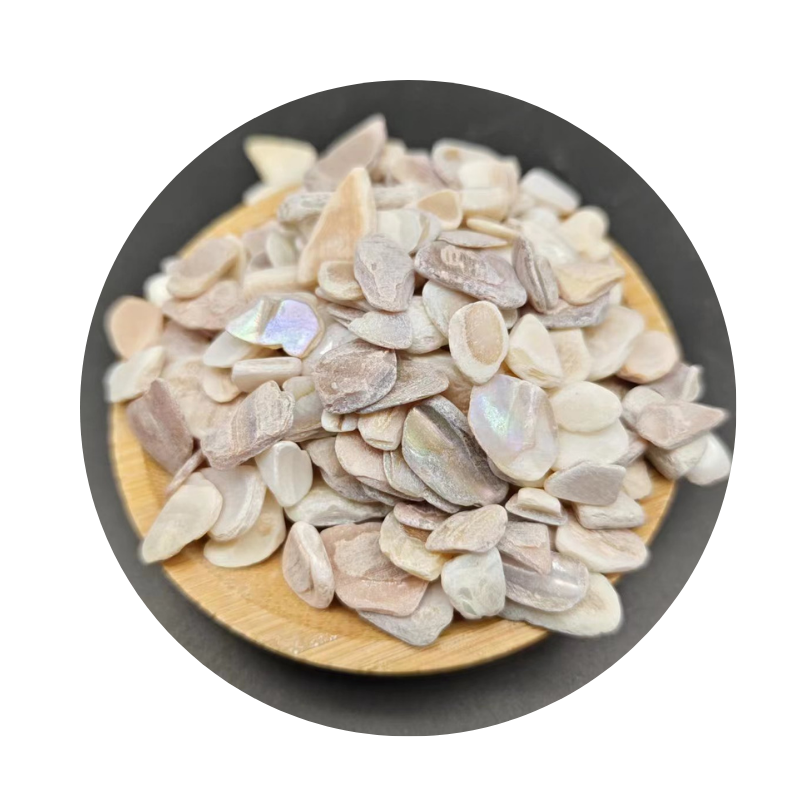
Exploring the Role of Chief Ore in Iron Production and Industry Dynamics
The Chief Ore of Iron A Fundamental Element in Human Progress
Iron is one of the most abundant elements on Earth and plays a pivotal role in the advancement of civilization. The primary ore from which iron is extracted is hematite (Fe2O3), a mineral that contains significant amounts of iron and is integral to the production of this essential metal. This article delves into the significance of iron ore, specifically hematite, its extraction process, and its historical and modern applications.
The Importance of Iron Ore
Iron, often referred to as the backbone of modern industry, is essential in various sectors, including construction, manufacturing, and transportation. The chief ore of iron, hematite, is characterized by its reddish color and high iron content, making it a prime candidate for iron smelting. Hematite is primarily mined in massive quantities and serves as the foundation for steel production, which, in turn, supports infrastructure, tools, and machinery that enhance productivity and quality of life.
The global demand for iron and its alloys has been on a steady rise, driven by urbanization and industrialization. Countries like China, India, and Brazil have become leading producers of iron ore, capitalizing on their rich mineral resources to support both domestic needs and international markets. As of recent years, iron ore prices have fluctuated significantly, reflecting the dynamic nature of global demand and economic conditions.
The Extraction Process
The extraction of iron from hematite involves several stages, beginning with mining. Hematite is typically found close to the Earth's surface, allowing for open-pit mining methods that are more cost-effective than underground mining. Once extracted, hematite ore undergoes a concentrated process to separate iron from impurities. This can involve crushing, grinding, and various separation techniques, including magnetic separation or flotation.
After obtaining a concentrated form of hematite, the iron extraction process progresses to smelting. This is where carbon, usually in the form of coke, is added to the iron ore in a blast furnace. At high temperatures, carbon reacts with oxygen in the iron oxide to produce liquid iron and carbon dioxide. The resulting molten iron can then be cast into molds to produce various shapes or further processed to create steel.
chief ore of iron

Historical Context
The significance of iron and its ores dates back to antiquity. The Iron Age, which began around 1200 B.C., marked a transformative period in human history. The ability to forge tools and weapons from iron fundamentally changed the course of societies, improving agricultural practices and facilitating warfare. Civilizations that mastered iron production gained technological advantages over their neighbors, leading to expansion, conquest, and cultural exchange.
As industrialization took hold in the 18th and 19th centuries, the need for iron surged. The invention of the steam engine, along with developments in transportation like railroads and ships, was largely dependent on iron and steel. The rise of factories and urban centers created an unprecedented demand for materials. Hematite, with its high iron concentration, became increasingly valuable as a resource.
Modern Applications
In today's world, iron and steel remain integral to numerous applications. From skyscrapers and bridges to automobiles and appliances, iron is a fundamental component of modern life. The construction industry, in particular, relies heavily on steel reinforced with iron rebar to ensure structural integrity and safety.
Moreover, the recycling of iron and steel has gained momentum in recent years, driven by sustainability initiatives. Recycled iron and steel can be reprocessed into new products with a significantly lower environmental impact compared to mining fresh ore. This circular economy approach not only conserves resources but also reduces greenhouse gas emissions associated with extraction and smelting.
In conclusion, hematite, as the chief ore of iron, has played a crucial role in shaping human civilization. From its extraction to its myriad applications, iron continues to be a fundamental element that supports industries and fosters innovation. As we advance toward a more sustainable future, the importance of iron and iron ore will likely continue to evolve, adapting to new technologies and environmental considerations, ensuring its place at the center of human progress for generations to come.
Share
-
Vermiculite Wholesale – Premium Quality, Bulk Supply & Competitive PricingNewsJun.10,2025
-
Premium Glass Pebbles Custom Glass Pebbles Factory & OEM Manufacturer Reliable Custom Glass Pebbles FactoriesNewsJun.10,2025
-
Expert Custom Zeolite Producers Manufacturers & FactoriesNewsJun.10,2025
-
Custom Glow in the Dark Beads High-Quality Custom ManufacturersNewsJun.10,2025
-
China Ceramsite Balls Factory - Lightweight & Durable Media Solutions ManufacturerNewsJun.09,2025
-
Custom Matte Mica Powder Manufacturers High Quality & AffordableNewsJun.09,2025






